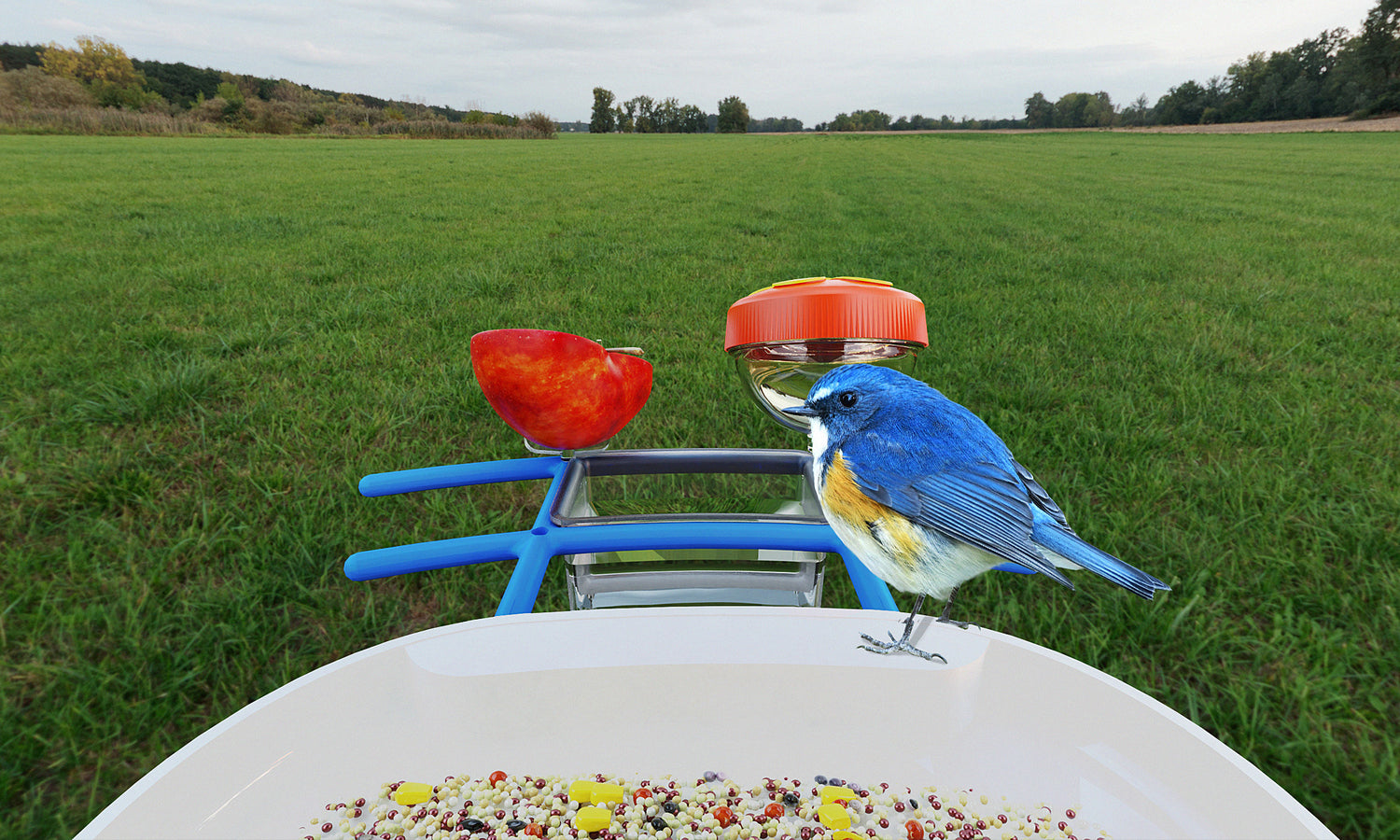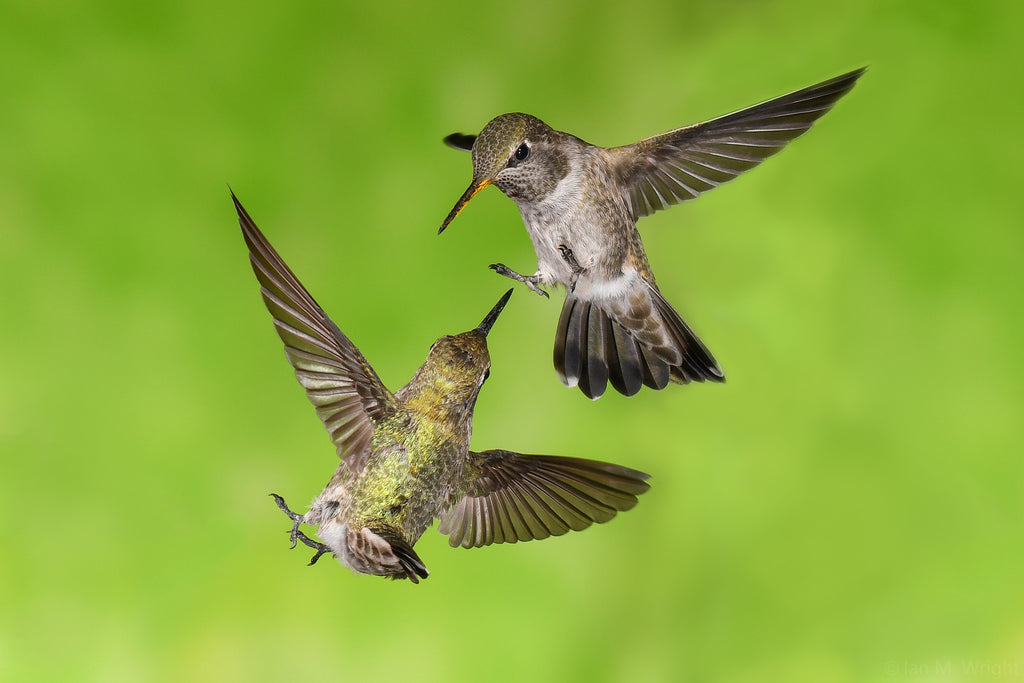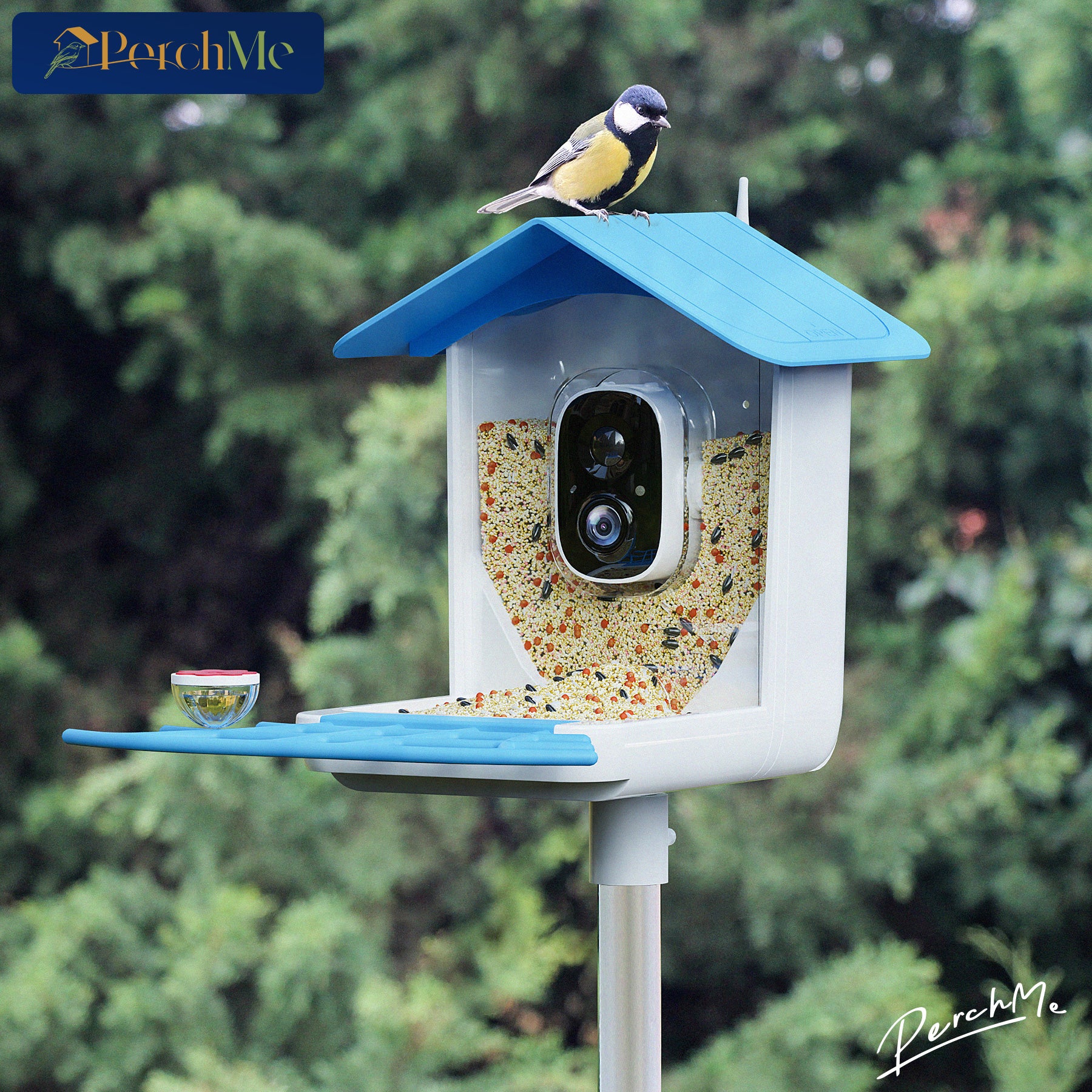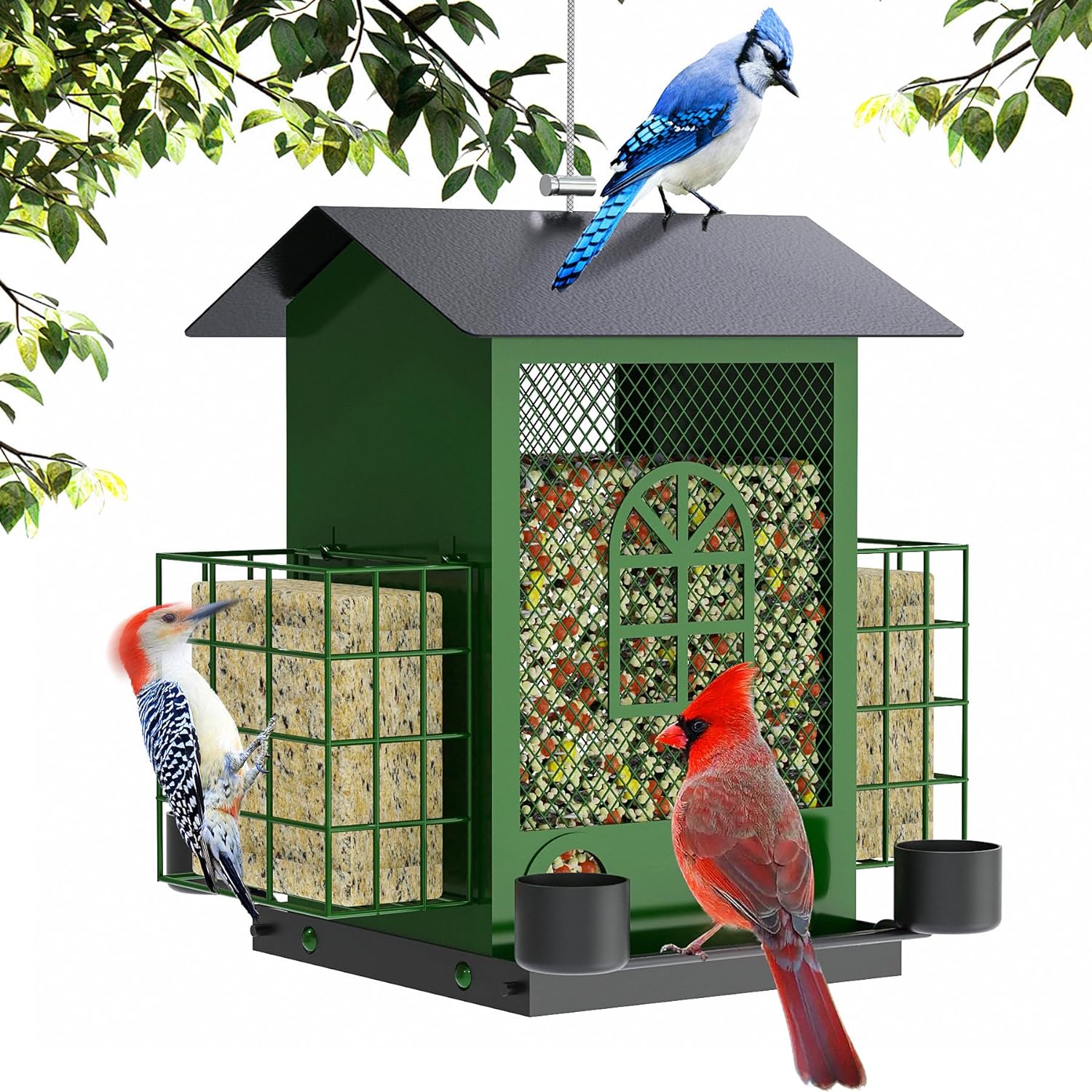Every year, hummingbirds embark on epic migrations – some traveling up to 2,000 miles between Alaska and Mexico. These tiny birds, weighing less than a penny, face hurricanes, predators, and starvation. Yet they return to the same backyard feeders with pinpoint accuracy. How? Let’s explore the cutting-edge science behind their navigation superpowers.
1. Sensing Earth’s Magnetic Field
The Evidence:
- Iron in Their Eyes: A 2023 study in Nature revealed hummingbirds’ retinas contain cryptochrome proteins, which may act as light-sensitive magnetic sensors.
- Sunset Calibration: Researchers observed captive hummingbirds aligning with magnetic fields during twilight, suggesting they “reset” their internal compass daily.
Why It Matters:
This explains how they navigate through cloudy skies – a skill even modern aviation tech struggles to replicate.
2. Photographic Memory for Landmarks
The Discovery:
- Cornell Lab experiments showed hummingbirds remember specific feeder locations within 1/4 inch accuracy after a year-long absence.
- They create 3D mental maps using visual cues like tree shapes, rock formations, and even human-made structures.
Field Observation Tip:
If you notice a hummingbird hovering near your window before leaving, it’s likely memorizing landmarks for next year’s return.
3. Star Navigation: An Ancient Inheritance
Surprising Findings:
- Juvenile hummingbirds raised in windowless labs still orient themselves using star patterns they’ve never seen (Journal of Avian Biology, 2021).
- They appear to inherit a “star map” encoded in their DNA, refined through generations of migration.
4. Energy Management: The Ultimate Survival Skill
By the Numbers:
· Migration Challenge: Crossing the Gulf of Mexico (500+ miles nonstop)
Hummingbird Solution:Double body weight pre-flight
· Migration Challenge:Finding food in unfamiliar terrain
Hummingbird Solution:Can identify red/yellow flowers (nectar-rich colors) from 1/2 mile away.

How You Can Support Migrating Hummingbirds
While our understanding grows, these navigators face climate change and habitat loss. Here’s how to help:
- Provide Clean Fuel: Offer simple sugar water (1 part white sugar to 4 parts water) in feeders without dyes.
- Plant Native Blooms: Species like trumpet vine and bee balm offer natural nectar.
- Join Citizen Science: Report sightings to platforms like Journey North to aid research.
At PerchMe, we design feeders focused on bird welfare – easy-to-clean ports, UV-resistant materials, and no sharp edges. Because supporting migration starts with respecting nature’s design.

Conclusion: Guardians of the Sky’s Smallest Navigators
Next time you see a hummingbird pause at your feeder, remember: You’re witnessing an evolutionary masterpiece. These birds carry maps written in starlight, magnetic fields, and ancestral memory. By understanding their journey, we become better stewards of their incredible odyssey.




















Leave a comment
All comments are moderated before being published.
This site is protected by hCaptcha and the hCaptcha Privacy Policy and Terms of Service apply.